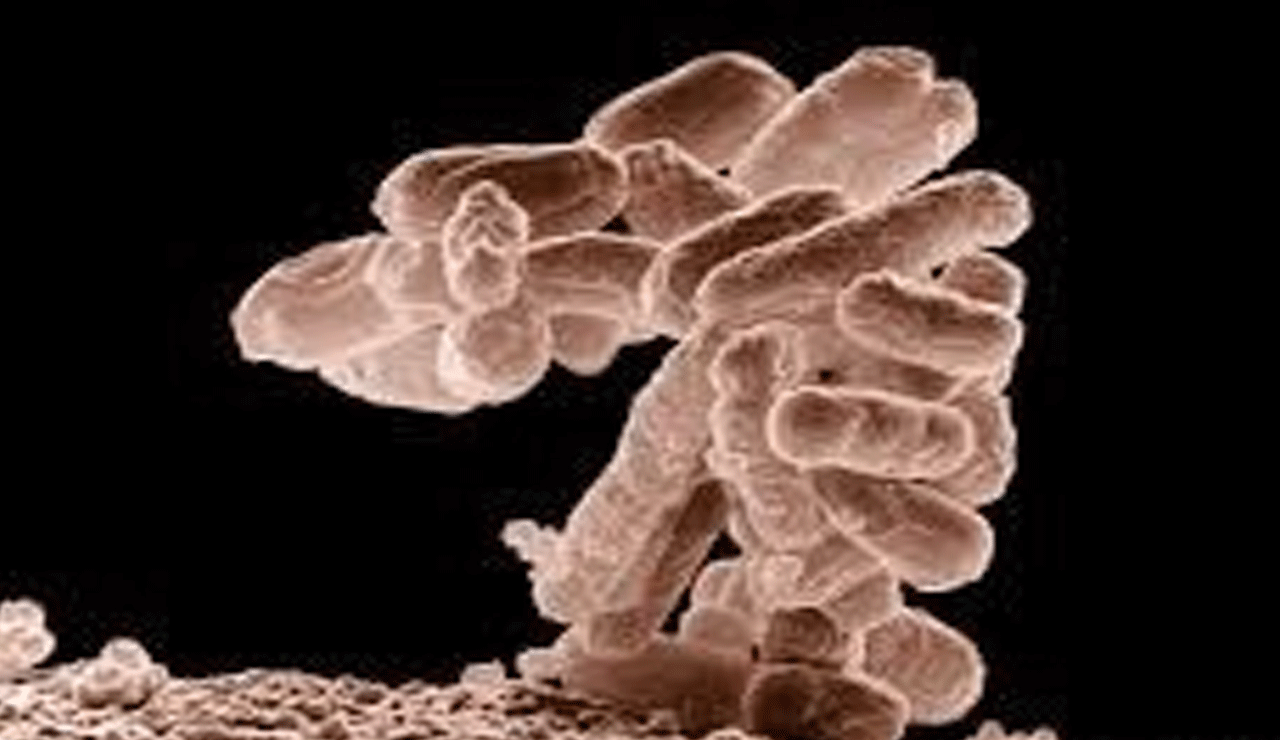E. coli Outbreak in Latvia Sickens 53, Including Children
A dangerous outbreak of Shiga toxin-producing E. coli (STEC) has struck Latvia, leaving 53 people ill, including seven adults, according to the Centre for Disease Prevention and Control (CDC).

Riga: A dangerous outbreak of Shiga toxin-producing E. coli (STEC) has struck Latvia, leaving 53 people ill, including seven adults, according to the Centre for Disease Prevention and Control (CDC). The infection has been confirmed in 28 schools, 26 preschools, and two elementary schools across the country.
Table of Contents
Hospitalizations and Intensive Care Cases
The Children’s Clinical University Hospital in Riga has treated 28 children for the infection. As of Thursday, 12 children have been discharged, while 16 remain hospitalized. Among them, four are in intensive care, reflecting the severity of the outbreak.
Source of Infection Still Unknown
Epidemiologists have yet to identify a definitive source of the outbreak. Following extensive laboratory testing and contact tracing, health authorities suspect contaminated food products as the likely cause. However, a mixed-source outbreak involving multiple pathogens has not been ruled out, according to Xinhua News Agency.
What is Shiga Toxin-Producing E. coli (STEC)?
The CDC explained that Escherichia coli (E. coli) bacteria are commonly found in the intestines of humans and animals and are typically harmless. However, STEC or VTEC strains can produce harmful toxins causing bloody diarrhea and in some cases, acute kidney failure, especially in young children. These harmful strains are often linked to herbivorous animals, particularly cattle.
WHO’s Warning About Foodborne E. coli Infections
According to the World Health Organization (WHO), STEC is usually transmitted through consumption of contaminated food items, such as raw or undercooked ground meat, unpasteurized milk, and contaminated raw vegetables and sprouts. Latvia had reported 42 cases of E. coli infections in the previous year.
